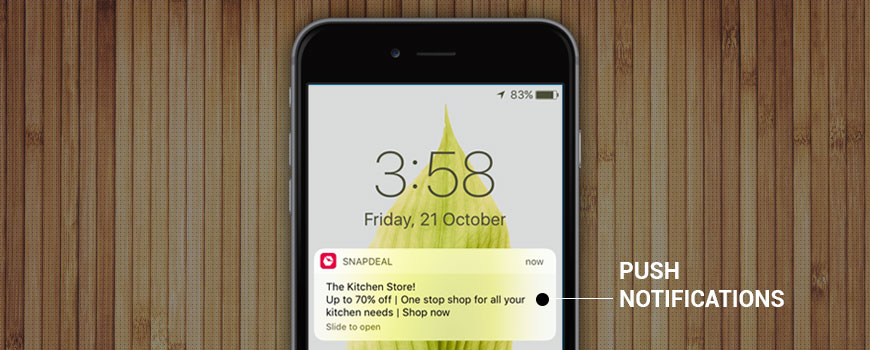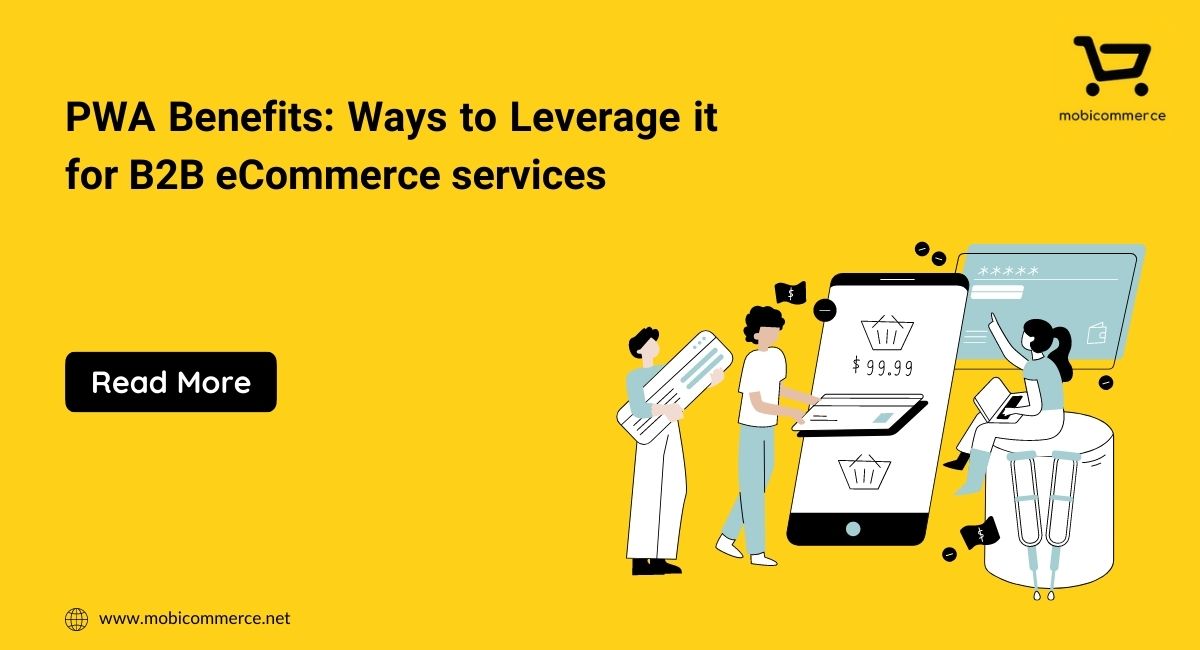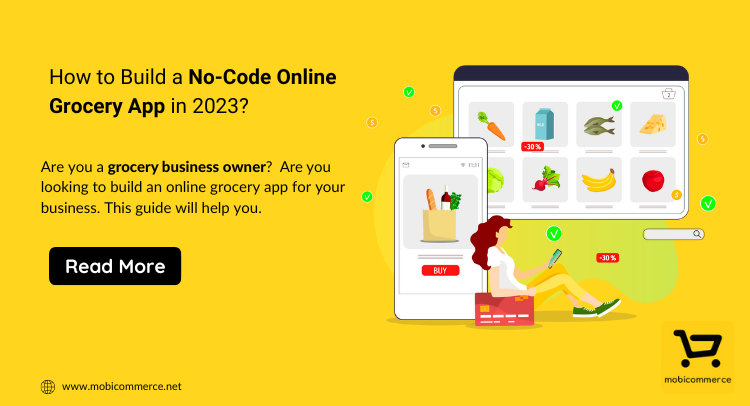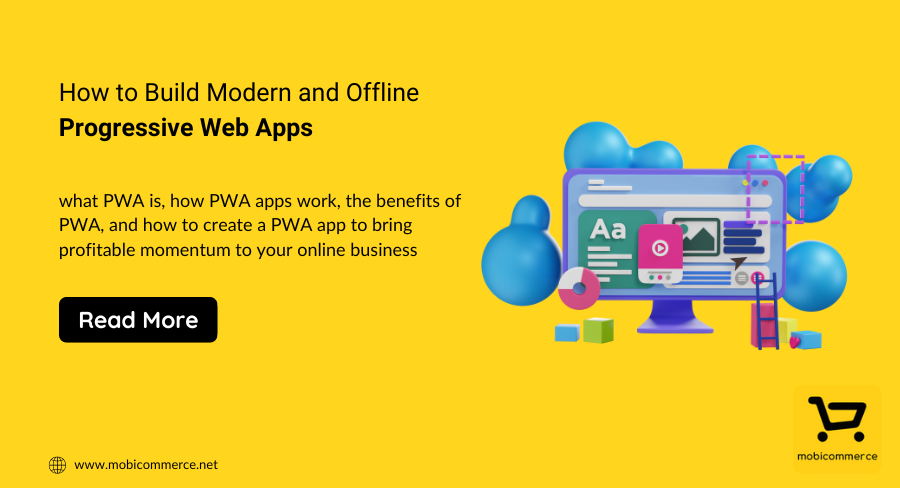
The world today wants things to be precise and handy. Start-ups are surfacing faster than ever, all thanks to the magnified power of the digital world. Cell phones are now the business platforms and Skype calls have become meeting rooms. When mobile phones are becoming backbones of the professions, the booming eCommerce market is looking up to them as well. Desktop versions of e-commerce websites are customized to be user-friendly, bug-free and light. When a person can’t carry a desktop, laptop or an iPad wherever he goes, the mobile phone serves the purpose. As a result, every good e-commerce website would like to have a handy mobile application.
However, it is a common observation that most of the people don’t use frequently the apps they download. Latest stats say that 23% users used apps only once after installation.

Facts reveal that only 4% of the iOS downloaded applications survived after 90 days.

Moreover, 62% of the smartphone application users use an application less than 11 times. However, mobile app push notifications seem to make a difference.
Mobile app push notifications are the ones that you get on your lock screen from e-commerce and other websites, viewing the latest sales, product availability, etc. They notify the customer even when an app is not even launched, which helps in increasing engagement. As a customer, it’s good to receive push notifications since one gets latest updates on the lock screen without even scrolling through the app or website. It saves time and effort. A mix of email notifications, desktop notifications, and mobile app notifications keeps the user updated about the brand and latest products, offers or discounts.
As per the Kahuna mobile marketing report, the app retention rate after 30, 60 and 90 days more than doubled when push notifications were introduced for app.

It was observed that after 90 days, 27.6% of the apps that supported push notifications were retained, while only 10.1% of the other apps were able to sustain. After a 30 day period, apps that had push app notifications incurred a positive retention rate of 125%. This should be enough to speak about the power of push notifications. It is fairly understandable; when you get notifications about something, you don’t forget it.
However, a set of guidelines needs to be in place to make full use of push notifications. How would you as a user respond when you get the same notification repeatedly? What if the notifications you get are not of your interest? What if the notification talks about a discount, but when you follow the link you realize that it is just ‘click and bait?’ Well, these instances irritate any user and he or she ends up opting out of notifications or uninstalls your app! The beginning signs can be higher app exit rate and lower response rate.
To override these factors, one needs to become a loyal brand that cares about its customers. A good e-commerce website or any other business, in general, should partition its users based on their preferences and then send notifications that interest them. It must limit the number of notifications and make them crispy and promising. Some apps provide notifications when a user launches an app to do a task. Instead, the in-app notifications should appear when the user is about to exit the app after he has used it. Also, the app must have easy to opt out of notification feature. From the DMA survey report of 1000 consumers, 69% people agreed to receive push notifications, however, 78% of the people revealed that they would immediately delete the application if the in app notifications were redundant.
The Epilogue
To put in a nutshell, in-app notifications can do wonders in the world of e-commerce. Apps can gain e-commerce websites up to 3 times more profit. If a person opts in to receive notifications from an e-commerce site, chances are that they are already interested in your products; that’s why they opted for reminders! 54% of these ‘prospective’ buyers actually shop from your website. Overall, you get a 300% enhanced chance to boost up your sales. Mobile push notifications are a great source of conversion unless one does some homework and uses them wisely.

In order to improve user experience, businesses are increasingly turning to progressive web apps, which combine the best features of regular apps and websites. Ecommerce businesses which have created mobile-first PWAs have seen significantly faster page loading times, better conversion rates and improved engagement. On average, a website using PWA can increase speed performance by… Continue reading PWA benefits: Ways to Leverage it for B2B eCommerce services

If you have a grocery store and you are looking to take your business to the next level, then this is the right time to invest in grocery mobile apps. A report by Oberlo suggests that online grocery sales in the US are expected to reach $160.91 by 2023. Not only this, the revenue continues… Continue reading How to Build a No-Code Online Grocery App in 2023?

Most businesses create an app to establish their business in the digital world. But after some time, these businesses end up investing much more money by creating different versions and similar apps for different operating systems to stay relevant in the market. Later on, this choice of businesses becomes painful as they spend more money… Continue reading How to Build Modern and Offline Progressive Web Apps
Sign up for our newsletter and be the first to receive all the latest updates.
Request a callback from us by filling the form below.

Get your project estimate. Brainstorm business ideas. Book a demo. Get complete support and so much more!